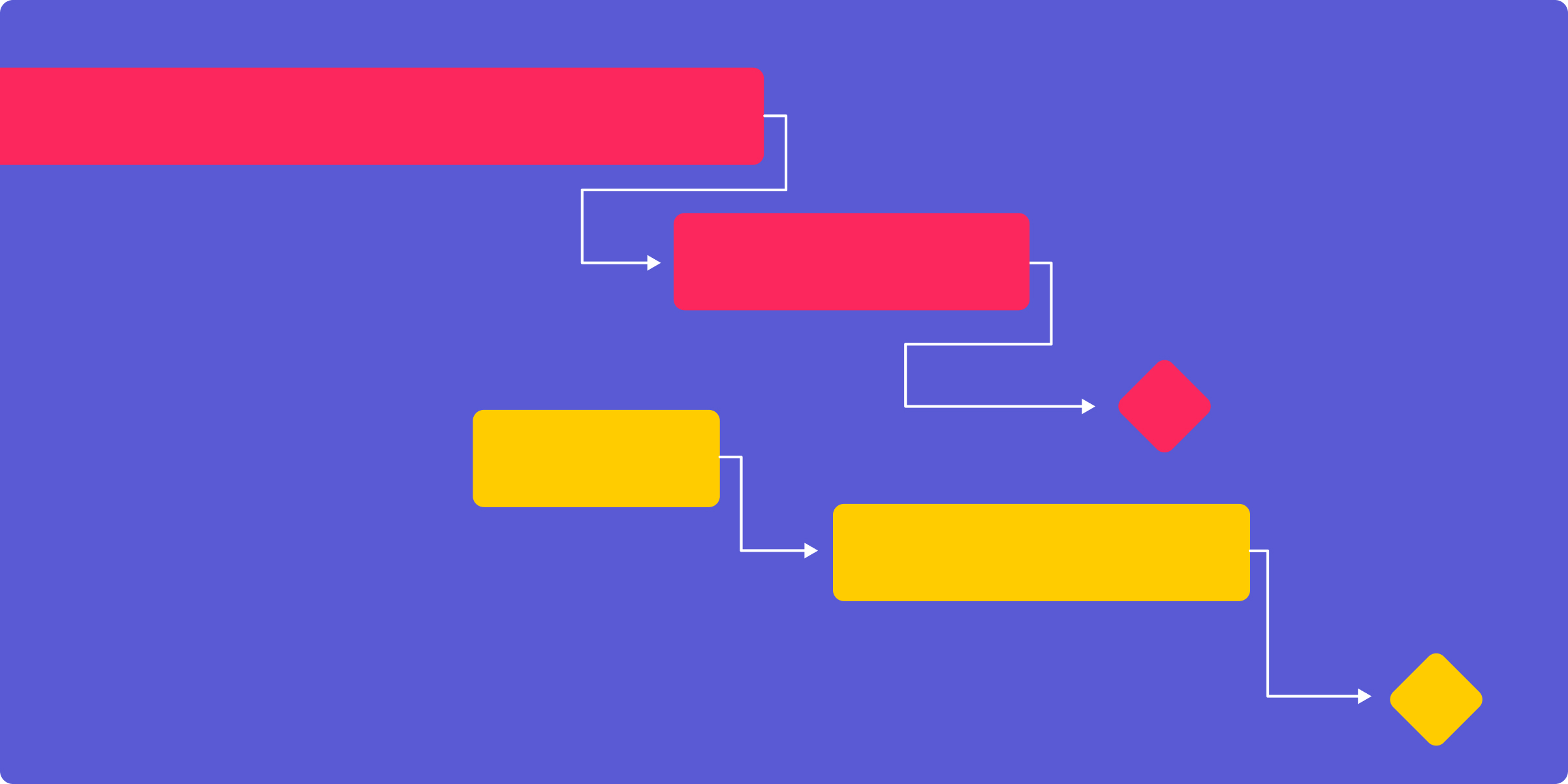For those new to the concept, a Gantt chart is a specific type of bar chart meticulously designed to visualize project schedules. Its primary function is to give an unambiguous timeline view of an entire project including every aspect of it: tasks, milestones and objectives. This visualisation is crucial for ensuring success of the project.
The Gantt chart’s clarity and visual appeal makes it a valuable tool in project management. Because it can emphasize dependencies and timelines, project managers can easily identify essential paths to success. Knowing what tasks are essential to be completed, what needs to be concurrently completed and the potential bottlenecks that could arise is vital.

The critical path is the sequence of activities that, if not completed it will delay the overall duration of the project. Understanding and managing the critical path is crucial for keeping projects on schedule. Gantt Charts simplify this process. By studying the chart, managers can pinpoint the crucial assignments and allocate resources accordingly.
A Gantt chart is usually comprised of a horizontal line, that represents the duration of a project, and a series of vertical bars or lines that indicate individual tasks and their start and end dates. The bar represents each task, and the position of the bars indicates dependencies. Milestones to mark major projects’ accomplishments are often marked using specific symbols or colours.
Gantt Charts are beneficial not just for project managers but also for team members to ensure effective collaboration. Each member of the team has full understanding of the timeline for the project and their individual responsibilities. The shared knowledge of the project’s objectives and progress fosters a collaborative atmosphere where everybody is on the same level.
Gantt chart monitoring is an additional area where they excel. The chart lets team members and the stakeholders to evaluate the current status of the project and every project with a glance. This transparency in real-time ensures that any potential delays or issues can be discovered early, allowing prompt adjustments and mitigations.
Gantt charts are a versatile tool that can be used in a variety of project types. Gantt charts are affluent and can be tailored to the specific requirements of your business depending on whether you’re handling software development projects that have multiple coding tasks, construction projects with complex dependencies or marketing campaigns with numerous deliverables.
A Look at Project Success: The Magic of Gantt Charts
Imagine that a project manager is working on a construction project for a new building. The construction project may be very complex and involve everything from foundations laying preparation for the site, through interior design and landscaping. Delays could threaten the project’s deadline at any point.
With the aid of a Gantt Chart the project manager can track and plan every stage with precision. The dependencies are clear and foundation work is required prior to the design of the interior, and landscaping can begin in parallel with other projects. Resources are allocated according to the critical path. This may include the construction of structures.
Gantt charts are tools of choice for professionals working in project management.
Proficient project managers understand the value of Gantt charts to ensure successful projects. These visual aids simplify project planning, execution, and monitoring. Visual aids help teams to work in tandem, align their goals with the project, and respond promptly to any deviations from the plans.
Gantt charts keep projects on the right track.
Gantt Charts are different because they help keep projects on track and on budget. Through providing a clear and comprehensive view of project timelines dependents, dependencies, and crucial paths, Gantt charts empower project managers and teams to make educated decisions and make changes as required.
Gantt charts are a constant support for project managers who work in an environment that is constantly changing, with unanticipated challenges and changing priorities are common. Its flexibility, simplicity, and ability to visualize the results of a particular project are the reasons it is an indispensable instrument for every manager striving to be excellent. If you’re currently embarking on a project management adventure you should consider harnessing the power of Gantt chart to tap into your project’s full potential and ensure timely delivery every time.
